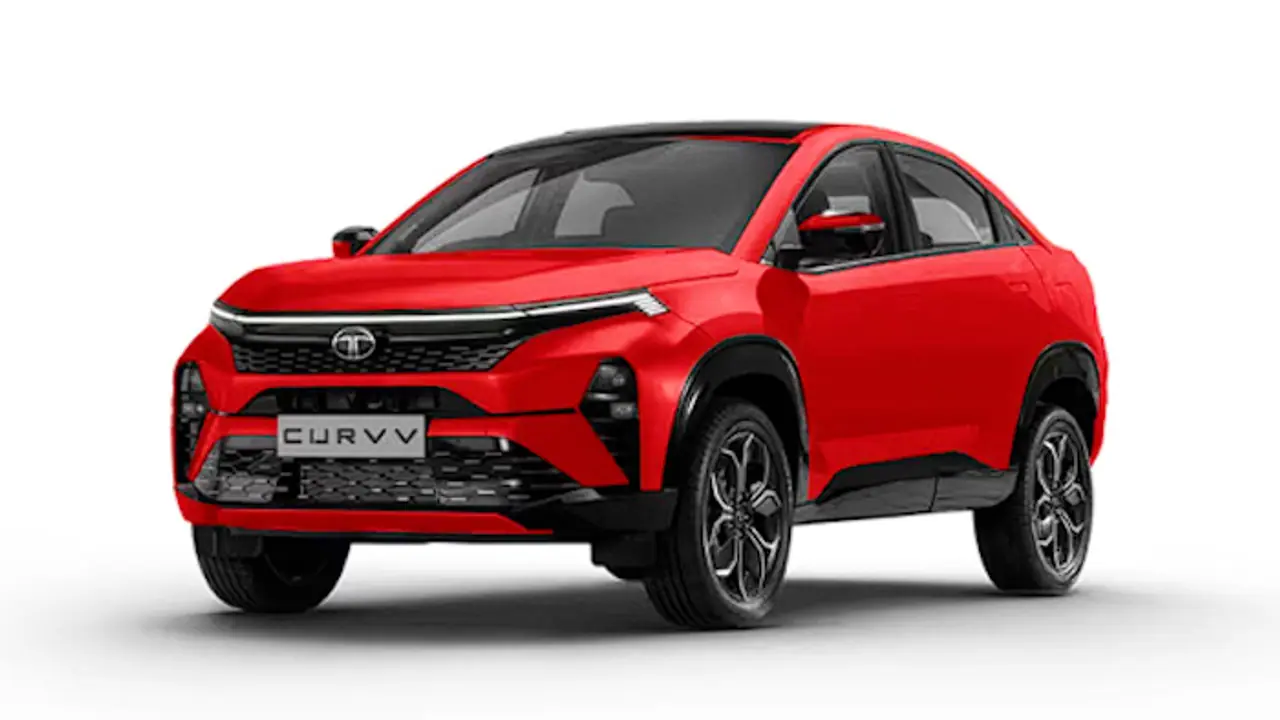If you plan to take your Tata Curvv out on the road this season, a well-timed maintenance check isn't just helpful—it’s essential.
As temperatures rise this summer, your vehicle silently endures the intense stress of the season. From the engine bay to the cabin, every part feels the heat, especially during long summer drives. If you plan to take your Tata Curvv out on the road this season, a well-timed maintenance check isn't just helpful—it’s essential. Read on to know more about the crucial summer checklist that keeps your drive smooth, safe, and stress-free.

Why Summer Care Is Not Optional
A vehicle’s mechanical and electronic components react differently to extreme heat. Here’s what makes summer a particularly demanding time for cars:
Prolonged heat leads to quicker evaporation of vital fluids like coolant, brake fluid, and even battery water.
Tyres are more prone to pressure fluctuations and potential damage.
Braking systems heat up more frequently, especially in stop-and-go traffic.
Cabin interiors suffer from sun damage and discomfort if not shielded.
Air-conditioning systems run longer and harder than usual.
Whether you drive a compact hatchback or a bold SUV like the Tata Curvv, these stress points remain the same. Preventive care is the only way to stay ahead. When getting your Tata Curvv ready for the summer, understanding its specifications and performance can help you maintain it more effectively.
While platforms like ACKO Drive are typically known for providing detailed automotive content about various cars, such information can also prove helpful for owners who want to understand how their vehicle performs in terms of performance, features, and durability.
Your Summer-Ready Vehicle Checklist
The following checklist covers essential maintenance points. It’s simple, effective, and suitable for any vehicle. Whether it's your daily commute or weekend travel plans, these checks provide a solid foundation for safe summer driving.
1. Inspect the Cooling System Thoroughly
An efficient cooling system is essential during summer. When the engine is cool, begin by checking the coolant level. The fluid should be between the minimum and maximum marks on the reservoir.
Also, inspect the radiator, hoses, and clamps. Look for any signs of leakage, cracks, or corrosion. Even a minor coolant leak can escalate under high temperatures, leading to overheating or engine damage.
2. Evaluate the Air Conditioning System
The air conditioning system will likely show signs of wear with consistent summer use. If cooling feels weak or inconsistent, have the refrigerant level checked. Clean the cabin filter and ensure that airflow through vents is unrestricted. Timely servicing of the AC system improves comfort and prevents compressor strain and energy loss.
3. Check Tyre Pressure and Surface Condition
Heat causes air to expand, which can increase tyre pressure beyond recommended limits. This affects grip, handling, and safety. Measure tyre pressure regularly—preferably when tyres are cold—and maintain it as per the manufacturer’s guidelines.
Also, examine tread depth and sidewalls. Look out for cracks, bulges, or uneven wear, which could signal the need for replacement. Don’t forget the spare tyre. It should be properly inflated and ready for use if needed.
4. Inspect Battery Health
High ambient temperatures can cause battery fluid to evaporate more quickly, leading to poor performance or sudden failure.
Check for corrosion on the terminals and ensure all connections are clean and secure. If the battery is over three years old or showing signs of weakness, consider a professional inspection or preventive replacement.
5. Top Up and Replace Essential Fluids
Engine oil, brake fluid, transmission oil, and windshield washer fluid should all be inspected.
Engine oil should be at the correct level and changed if nearing the end of its service life.
Brake fluid should appear clear and be free of contaminants.
The transmission fluid should not smell burnt and should be at the right level and colour.
Washer fluid is often overlooked but critical for maintaining visibility during dusty or stormy drives.
6. Examine the Braking System
Brakes are subjected to more strain in hot weather, especially in stop-and-go traffic. Listen for any grinding or squealing sounds, and note if the brake pedal feels soft or less responsive.
Have the brake pads, rotors, and fluid checked periodically. Any unusual performance changes should be addressed promptly.
7. Replace or Refresh Windshield Wipers
Though rain may be less frequent in summer, dusty roads and bug splatter reduce visibility. Old or worn-out wipers can leave streaks or miss patches.
Inspect the wiper blades for cracks or stiffness. If they’re not clearing the glass smoothly, replace them. Also, ensure the washer nozzles are not clogged.
8. Protect the Cabin Interior
Sun exposure can deteriorate cabin surfaces. To preserve interiors:
Use window shades when parked
Apply UV-protective sprays on dashboards and trims
Consider seat covers or cushions to prevent cracking or fading
If possible, park in shaded areas or under covered spaces to reduce heat buildup inside the vehicle.
Conclusion
Summer driving conditions can be demanding, but the solutions are straightforward. A well-maintained vehicle ensures safety and efficiency and improves peace of mind during long drives or everyday travel.
By addressing small but vital areas—from coolant and tyres to brakes and batteries—drivers can avoid the stress and cost of mid-journey breakdowns. Summer isn’t the time to take chances with vehicle care. It’s time to be proactive, prepared, and protected.


